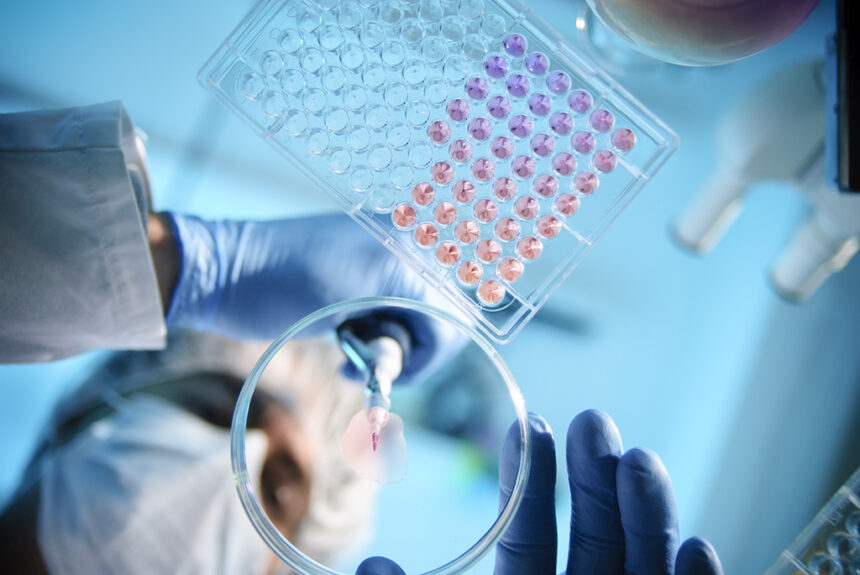Pharma’s return on investment (ROI) for research and development (R&D) is seeing a comeback after a record low in 2022, according to a recent report out of Deloitte.
ROI on pharma R&D jumped to 4.1% in 2023 compared to the record-low of 1.2% the year prior, the report found. The top 20 Big Pharma companies spent $145 billion total on R&D in 2023.
While 2023 R&D ROI showed more signs of life than the year prior, it still did not reach its peak 6.8% in 2021, which was mostly driven by COVID-19 assets.
Still, despite the uptick, drugmakers continue to face several challenges, the authors argued — including a changing regulatory landscape, increased cost pressures, declining sales and difficulties replenishing their respective pipelines.
Thus, Deloitte concluded that projected R&D returns continue to remain well below the cost of capital.
Pharma execs surveyed in the report noted that they were concerned that new regulation — such as the Medicare drug pricing negotiation provision under the Inflation Reduction Act — would stifle innovation.
Adjusting to these regulatory changes appears to be a significant challenge for the industry, the report noted.
“The increase seen in the [report] is certainly encouraging, but sustaining the flow of high-quality assets into the late-stage pipeline tends to be a challenge,” said Kevin Dondarski, life sciences R&D strategy leader and principal at Deloitte Consulting, in a statement.
He added that companies should continue to invest in early R&D, through both traditional and AI-enabled approaches in order to boost innovation and “remain ruthlessly focused” on execution to accelerate drug development timelines.
Interestingly, Deloitte has found that overall ROI in R&D has been in steady decline since it first started tracking it in 2010, despite a fleeting peak during the pandemic.
While AI has taken the industry by storm, its adoption is still relatively slow, the report found.
Using AI to boost R&D efficiency is still at its early stages, though pharma execs believe eventually it can help accelerate the development of treatments like biologics and advanced therapies.
“[I]t’s clear that transformational change in R&D is needed to consistently drive increased returns across the biopharma industry,” said Pete Lyons, U.S. life sciences sector leader and principal at Deloitte Consulting, in a statement.
Lyons added that Big Pharma has an opportunity to unlock between $5 billion to $7 billion in value, with R&D representing the top value opportunity at 30% to 40%. He claimed there is potential to drive down development costs, increase speed to market and “unlock a new era of R&D productivity.”
A recent GlobalData report also underscored the apparent boost in the pharma industry following a challenging few years. That report found that the top 20 drugmakers saw a total increase of 9.6% in market capitalization for the first three months of 2024.
Eli Lilly came out on top with 33.7% growth between Q4 2023 and Q1 2024, largely buoyed by the success of its weight loss and diabetes drugs, Zepbound and Mounjaro.







